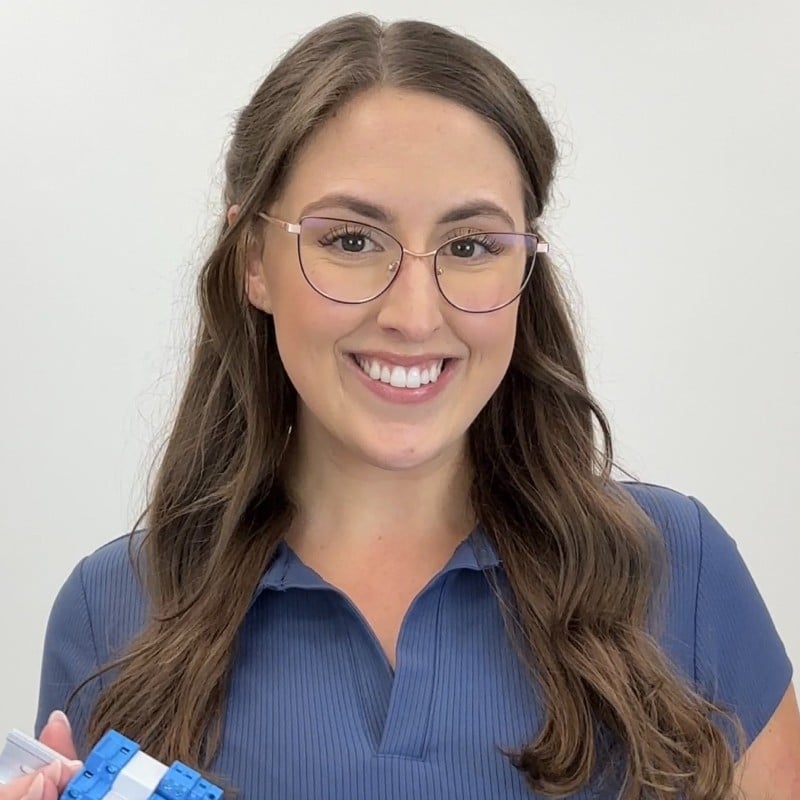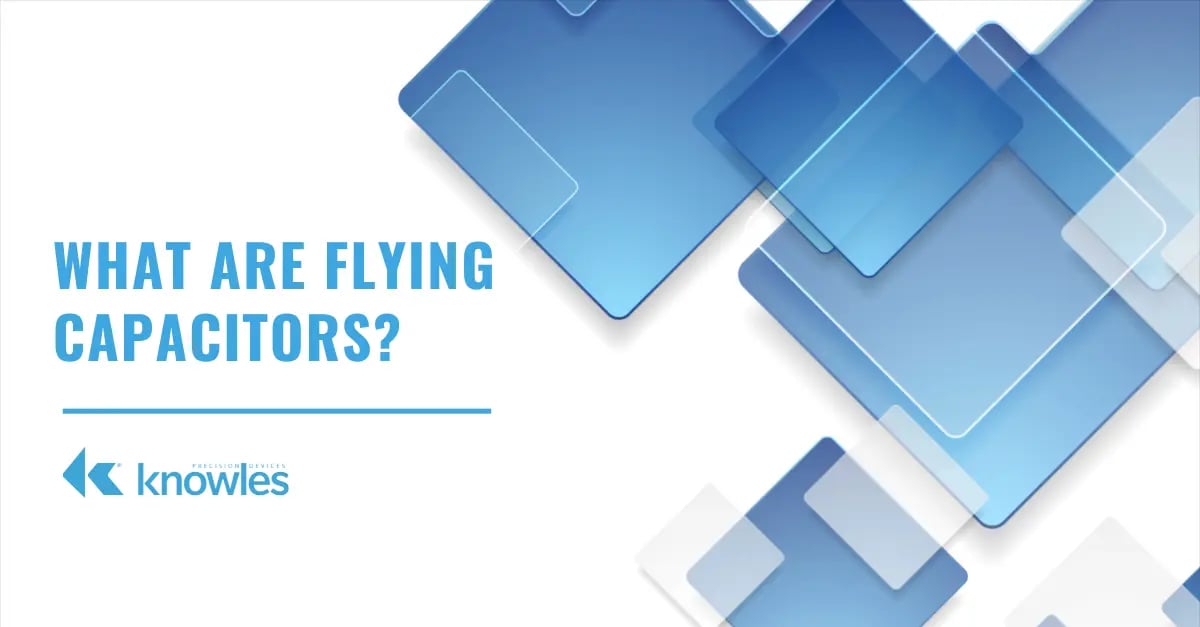As demand for high-efficiency and high-power-density inverters continues to grow, the so-called “flying” capacitor multilevel inverter is emerging as a strong choice for many power electronics systems. Since these capacitors can “float” to different electric potentials depending on the connected semiconductor switching structure and state, they help balance out voltage level differences due to manufacturing tolerances, temperature variations, and other factors. These capacitors are also helpful in balancing voltage across the structure by temporarily storing and releasing energy as needed, increasing power density and quality, and optimizing the use of existing voltage availability.
What is a Flying Capacitor?
A flying capacitor is a type of capacitor that is used in multi-level inverters, common in applications such as electric vehicle (EV) inverters, battery management systems (BMSs), renewable energy systems, and other power electronics. The main function of a flying capacitor is to store and transfer energy between different levels of the inverter, using multiple capacitors connected in series and parallel to produce a desired voltage level.
Example: Flying Capacitors in a Battery Management System
Popular application areas for flying capacitors include EVs and solar inverters due to their lightweight, compact nature, and ability to help even out voltage and extend longevity of components. For example, within an EV BMS, a flying capacitor can be used to smooth out fluctuations in the voltage of the battery pack. The battery pack in an EV typically consists of many individual cells connected in series and parallel, and these cells can have slight variations in their voltage levels due to manufacturing tolerances, temperature variations, and other factors.
The flying capacitor can be used to balance the voltage across the cells by temporarily storing and releasing energy as needed. This helps ensure all the cells in the battery pack are operating at optimal voltage levels, prolonging the overall life of the battery pack. Additionally, the flying capacitor can help reduce the harmonic distortion of the voltage waveform, improving the overall power quality of the system.
Why Choose Ceramic?
While electrolytic capacitors can be manufactured from various materials, ceramic capacitors are particularly suited for use cases needing the functionality of a flying capacitor. Because of the physical properties of ceramic capacitors, many companies are choosing this route to leverage the benefits of ceramic, including:
- High Dielectric Constant: Ceramic capacitors can store a large amount of energy in a small package.
- Low Equivalent Series Resistance (ESR): Ceramic capacitors can transfer energy quickly and efficiently.
- Size and Lifespan: Ceramic capacitors are small and lightweight with a long lifespan, which helps reduce the size and weight of the inverter, making them ideal for use in compact electronic devices.
- Speed of Transfer: Ceramic capacitors can quickly transfer energy between different levels of an inverter, helping reduce losses and improve the overall efficiency of the system.
Partnering with Knowles Precision Devices for Success with Flying Capacitors
Optimizing your system and improving your bottom line extends all the way up through production and set up of your power electronics system. While you may recognize the benefits of ceramic flying capacitors, you may seek additional guidance and assurance when creating or updating this architecture for your applications.
Knowles Precision Devices is a specialty ceramic capacitor manufacturer, and as such, we make it our job to develop expertise on all types of specialty capacitor roles, including flying capacitors. We specialize in customization and working closely with our customers to ensure their specific needs are being met. Since these architectures are commonly found in the rapidly growing EV field, it’s important to note we possess substantial expertise in this application area, and can support our customers in meeting the AEC-Q200 specifications when needed.
Learn more about our AEC-Q200-qualified flying capacitors and their potential to improve power density and quality for your application.
Subscribe to our blog and never miss a post in 2023.


